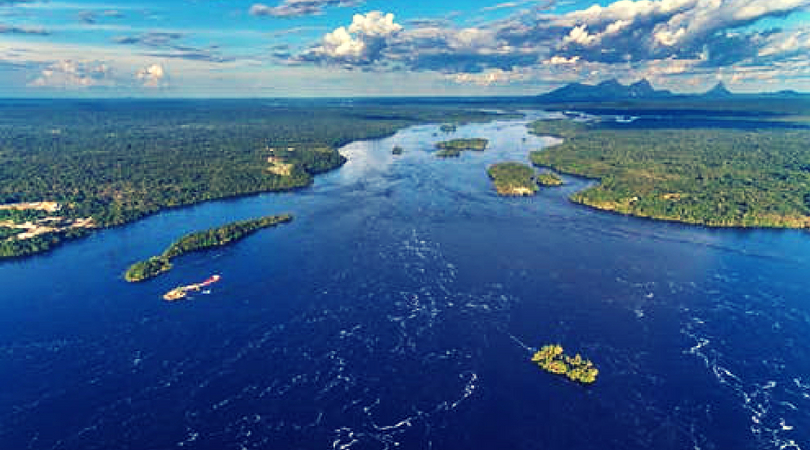When the young naturalist Alfred R. Wallace left England to explore the New World in 1848, one of his key observations in the Amazon region was that large rivers were unsurpassable barriers for some species of animals, particularly primates and birds. Even more interesting, he noticed that closely related species often occupied forests on opposite sides of a river, but they were never found together.
Indeed, there are hundreds of examples of cross-river pairs among Amazon birds, a phenomenon not seen anywhere else on Earth. Nearly one-third of the approximately 240 bird species that normally inhabit the forests on one side of the lower Rio Negro in Brazil are replaced by a closely related species on the other side. For example, on the left bank, you will see Black-spotted Barbets (Capito niger) with red throats. On the right bank, you will only see the closely related Guilded Barbets (Capito auratus) with orange throats.

Amazon rivers have fascinated me since I first visited the region in 1999 and have been the main focus of my research as a tropical biologist. I was captivated by the replacement patterns Wallace described and spent countless hours studying avian distribution maps.
Despite years of study, however, evolutionary biologists remain uncertain of the role rivers have played in the speciation process in the Amazon. Do rivers generate new species? Or simply act as secondary barriers, providing natural boundaries for species formed elsewhere? Did all these paired lineages diverge at the same time, divided by a common barrier? Or did each species follow its own evolutionary path?

